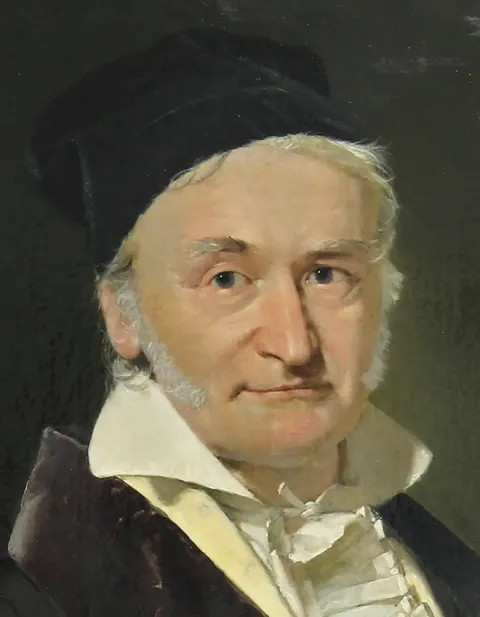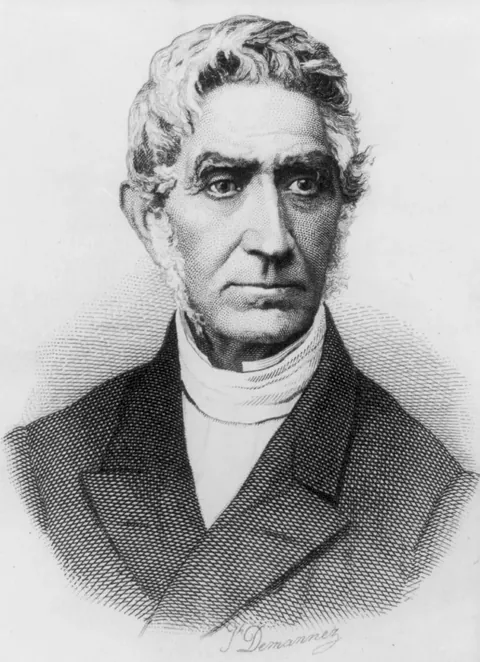Statistical Revolution: Mathematical Foundations of Modern Mean Theory
Theoretical Foundations
The period from 1805 to 1809 marked a fundamental transformation in understanding means through the development of least squares methodology and error theory. This era established the mathematical justification for using arithmetic means in data analysis and laid the foundation for modern statistical inference.
Method of Least Squares:
Minimize: S = Σ(yᵢ - ȳ)²
Where ȳ is the arithmetic mean
Solution: ∂S/∂ȳ = 0 yields ȳ = Σyᵢ/n
Normal Distribution PDF:
f(x) = (1/σ√2π)e^(-(x-μ)²/2σ²)
Where μ is the mean and σ is the standard deviation
Error Theory Development:
Standard Error of Mean:
SE = σ/√n
Quantifies precision of mean estimates
Scientific Applications and Social Analysis
Natural Sciences
Development of precision astronomy through systematic error reduction:
Position = Σ(wᵢ × observationᵢ)/Σwᵢ
Where wᵢ are weights based on observational precision
Systematic approach to Earth measurement and mapping:
True Distance = x̄ ± σ/√n
Where σ/√n quantifies measurement uncertainty
Establishment of measurement uncertainty principles:
Measurement = x̄ ± t(α,n-1)×s/√n
Introduction of confidence intervals in physical measurements
Social Sciences Revolution
Transformation of statistical methods into social research tools:
Population Parameter = x̄ ± z(σ/√n)
Application to demographic and social measurements
Quetelet's introduction of l'homme moyen (the average man) marked the transition of statistical methods from pure mathematics to social science. This development established means as analytical tools for understanding human populations and social patterns, fundamentally changing both statistical practice and social research methodology.

Key Contributors and Their Mathematical Advances
Published first formal treatment of least squares method (1805):
Principle: Minimize Σ(residuals)²
Proved arithmetic mean minimizes sum of squared deviations
Developed probability theory of errors (1809):
Error Distribution: e^(-h²x²)
Established normal distribution as limit of measurement errors
Advanced probabilistic interpretation of means:
Central Limit Theorem (1812)
Mean of large samples approaches normal distribution
Introduced concept of l'homme moyen (the average man):
Social Physics Theory (1835)
Applied normal distribution to social statistics
Discovered regression to the mean (1886), fundamentally changing understanding of repeated measurements:
Regression Coefficient = r × (σy/σx)
Showed extreme measurements tend to regress toward mean in subsequent observations
Introduced correlation coefficient (r) for measuring relationship strength

Historical Significance
The Statistical Revolution transformed means from useful computational tools into mathematically justified methods with proven optimality properties. The connection between means and probability distributions, particularly through the normal distribution, created the framework for modern statistical inference.
This period established why arithmetic means work optimally for combining measurements and provided the theoretical foundation for all modern statistical methods. These developments made means the cornerstone of modern scientific measurement and data analysis, leading directly to contemporary statistical practices.